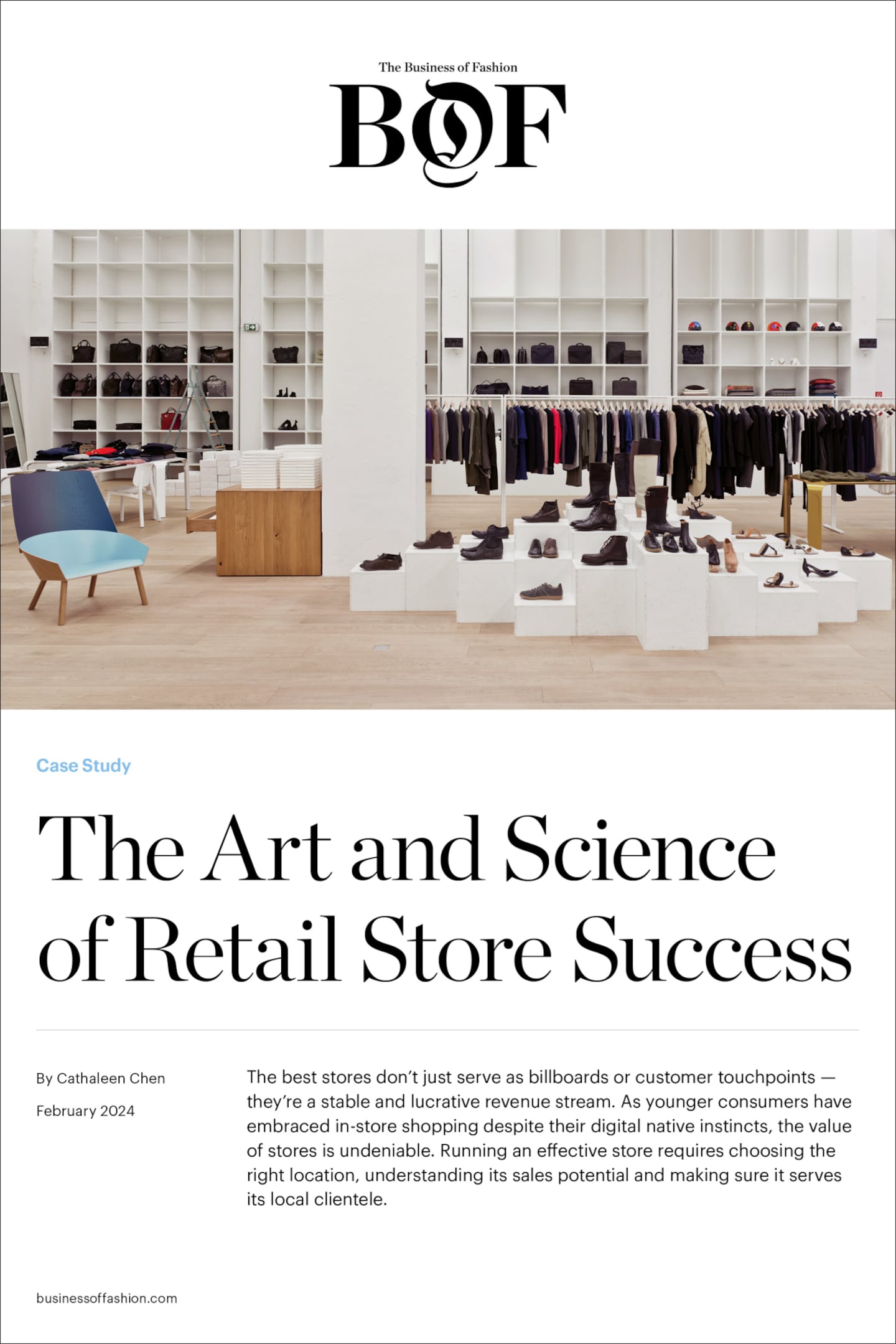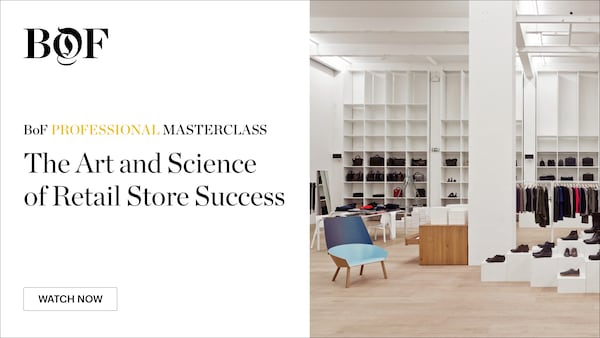
Agenda-setting intelligence, analysis and advice for the global fashion community.

Agenda-setting intelligence, analysis and advice for the global fashion community.

Five years ago, Brian Bolke set up shop in Hudson Yards — then a newly built development with offices and a glittering mall on Manhattan’s far west side — with a novel, if not radical, concept: His store, The Conservatory, wouldn’t carry any stock, just samples.
At the time, it made sense. It was the height of the direct-to-consumer revolution, and e-commerce was calling into question the need for physical stores when shoppers could just as easily order online. The so-called retail apocalypse was still ravaging the industry, so the survivors and newcomers alike were incentivised to be bold and to make stores experiential or entertaining, like amusement parks.
But within months, it became clear the inventory free model wasn’t working. Shoppers didn’t want to wait for online orders to arrive when they were shopping in-person. Bolke quickly shifted the business to a mix of consignment products with sign-on from his brand partners and evergreen pieces, from brands like The Row, Gabriela Hearst and Jil Sander, minimising markdown liability. He chalked up the idea to the environment at the time, when low interest rates and hype around tech-driven brands made it easy to pitch unconventional business models.
“When money was free, it made a lot of speculative concepts feel doable,” Bolke said.
ADVERTISEMENT
Today, the industry is in a different place. Some of the flashiest direct-to-consumer brands have come and gone, unable to find exits for their investors, who lost their appetite for risky ventures when interest rates rose. With soaring costs of everything from materials to labour, running a store became expensive. Suddenly, they couldn’t afford to be merely museums anymore — they had to make money.
The most effective stores have always done just that. Physical shops remain vital sales channels and are still where the great majority of purchases take place. In their rush to turn their brick-and-mortar locations into brand temples, some companies may have forgotten that fact. But when run effectively, stores can — and should — be profitable.
That’s easier said than done, however. In the US, foot traffic remains down from its pre-pandemic levels. Costs from rent to construction have risen, and higher interest rates mean investors want to know their money will bring a return in the foreseeable future.
This report unpacks what retailers need to know about opening and running a profitable store. It draws on insights and examples from companies including Suitsupply and Lush Cosmetics, mass market heavyweights such as Uniqlo and Primark, more premium brands such as Aritzia and La Ligne, and luxury seller Elyse Walker.
It examines key considerations, such as choosing the right location, creating a sales forecast to gauge whether the rent and square footage are feasible, retaining employees to create long-term customer relationships and allowing stores to operate autonomously, ensuring they’re able to adjust to and best serve their local customer base. The result is a balance of art and science that ensures smooth instore operations and a healthy bottom line.

Emerging labels like Kallmeyer, TWP and Studio Nicholson are capturing high-spending shoppers with premium quality at accessible prices, forcing the industry to rethink what luxury means in 2025.
The influencer Paige Lorenze opened her third pop-up in New York City over the weekend, selling fleeces, barn jackets and more to thousands of fans who have bought into her Gen-Z-friendly vision of New England-inspired Americana.
The plastic clog maker’s share price is down nearly 30 percent — its lowest level for three years — and revenues are expected to drop by at least 9 percent in the current quarter.
Rising prices and a gloomy economic outlook are usually good news for discount retailers. The two biggest US players in the space, T.J. Maxx and Ross, report results this week.
Generative AI is being adopted across the beauty industry to create everything from product images to formulas themselves, based on prompted “vibes.” As more companies utilise these tools for efficiency, they risk losing the creative touch that separates storytelling from slop.
The institution is fostering a new generation of fashion practitioners with the skills to address one of the industry’s most significant challenges: sustainability. To learn more, BoF sits down with the course leader of Falmouth University’s online MA in Sustainable Fashion, Tom Crisp.
Emerging labels like Kallmeyer, TWP and Studio Nicholson are capturing high-spending shoppers with premium quality at accessible prices, forcing the industry to rethink what luxury means in 2025.
The influencer Paige Lorenze opened her third pop-up in New York City over the weekend, selling fleeces, barn jackets and more to thousands of fans who have bought into her Gen-Z-friendly vision of New England-inspired Americana.